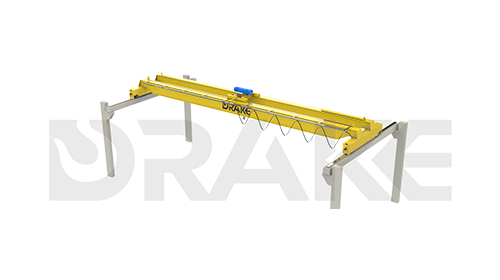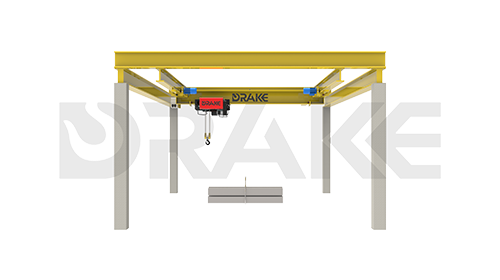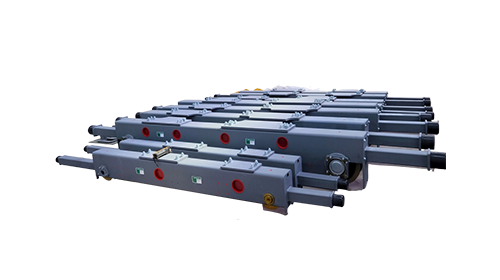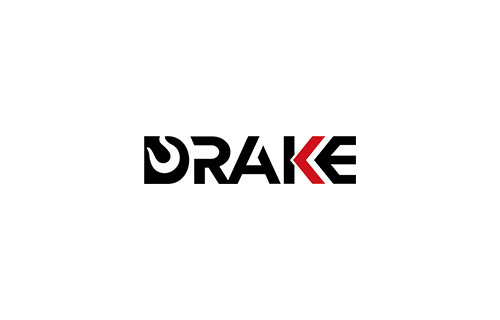The Marvels of Overhead Cranes: A Deep Dive into Their World
Jun 19,2025
Introduction: Lifting the Veil on Overhead Cranes
Ever walked into a warehouse or a manufacturing plant and marveled at those gigantic machines gliding across the ceiling? Yep, we're talking about overhead cranes. These impressive pieces of equipment are the unsung heroes of heavy lifting, quietly powering our industries without breaking a sweat. In this article, we’ll unpack what makes these cranes tick, their different types, and why they’re indispensable in today’s fast-paced industrial landscape.
What Are Overhead Cranes?
Overhead cranes, also known as bridge cranes, are typically mounted on a structure and can move loads horizontally and vertically. Imagine a giant arm that can hoist and maneuver heavy materials with ease. They’re commonly used in factories, warehouses, and shipping yards, making them crucial for enhancing productivity and safety.
Types of Overhead Cranes: A Breakdown
Not all overhead cranes are created equal! Here’s a rundown of the most common types:
- Bridge Cranes: These are the big guns of the overhead crane family, featuring a horizontal beam that spans the width of a workspace.
- Gantry Cranes: Similar to bridge cranes but supported by legs, allowing them to move freely on the ground.
- Jib Cranes: A flexible option, these cranes extend from a vertical mast, perfect for lifting loads in confined spaces.
- Workstation Cranes: Designed for smaller areas, these cranes facilitate easy and repetitive transport of materials.
How Do Overhead Cranes Work?
Alright, let’s get a bit technical without losing the fun! Overhead cranes function through a combination of mechanical and electrical systems. They utilize pulleys, cables, and hoists to lift and lower loads. When the operator controls the crane, they’re essentially orchestrating a complex dance of physics and engineering. With just a flick of a switch, tons of material can be lifted and moved with precision.
Safety First: Best Practices
As with any heavy machinery, safety is paramount when operating overhead cranes. Here are some nuggets of wisdom to keep in mind:
- Always inspect the crane before use – a little maintenance goes a long way!
- Ensure operators are trained and certified – no shortcuts here!
- Keep the area clear of obstacles – you don’t want any surprises!
- Use appropriate communication signals – clear communication is key to safety.
The Impact of Overhead Cranes on Industries
From automotive to aerospace, overhead cranes are at the forefront of various industries, revolutionizing the way heavy materials are handled. They drastically cut down on labor costs and improve efficiency. Just think about it: one crane can do the work of several workers, which translates to time saved and productivity boosted!
Future Trends: What Lies Ahead?
As technology advances, so too do the capabilities of overhead cranes. The future holds exciting prospects like automation, AI integration, and enhanced safety features. Imagine cranes that can self-diagnose maintenance needs or communicate with other machinery to streamline workflows. The sky's the limit!
Conclusion: The Unsung Heroes of Heavy Lifting
So there you have it! Overhead cranes are not just machines; they’re the backbone of numerous industries, making heavy lifting a breeze. Next time you see one gliding overhead, remember the intricate engineering, safety practices, and technological innovations that keep our world moving. Who knew lifting could be so fascinating?
Previous:
Previous:













